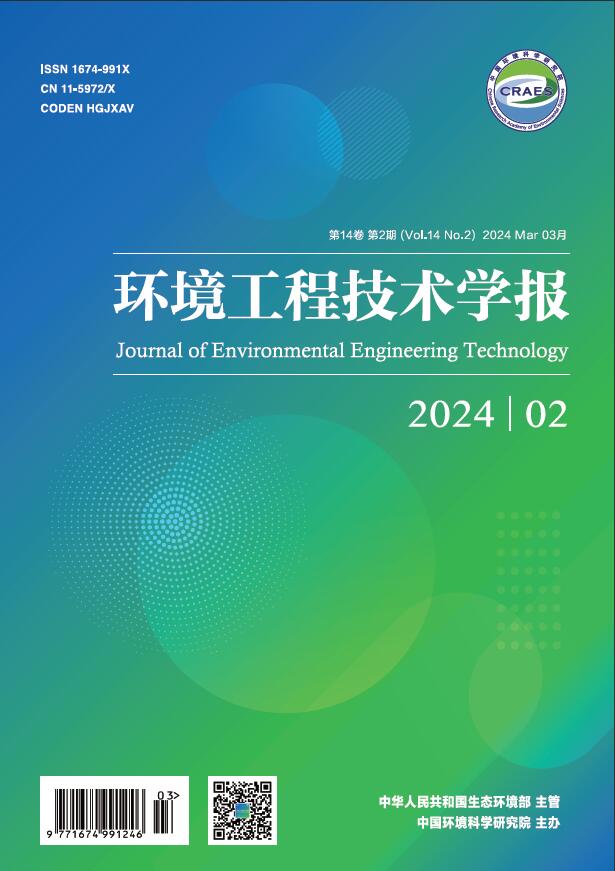2014 Vol. 4, No. 2
column
- Liaohe Conversation Area Treatment and Protection of Research Topics
- Water Pollution Control Technology and Resource Utilization
- Pollution Control and Watershed Management
- Solid Waste Pollution Prevention and Recycling Technology
- Air Pollution Control Technology and Usage of Clean Energy
- Industry Trends
Display Method:
2014 Vol.4, No.2
The Spatial Distribution Characteristics of Phosphorus in Qixing Wetland of Liaohe Conservation Area
2014, 4(2): 121-128.
doi: 10.3969/j.issn.1674-991X.2014.02.021
Abstract:


